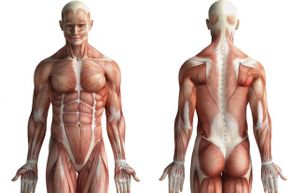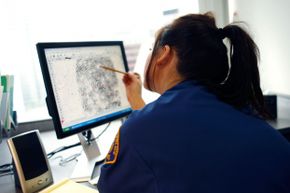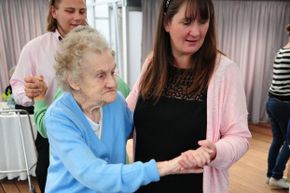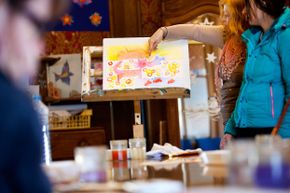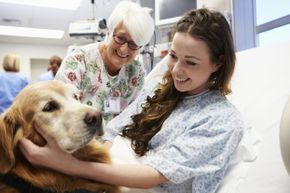Can you guess who has the best job in the medical field? If your mind immediately wanders to the salary, anesthesiologists and surgeons both made, on average, more than $230,000 in 2012 — making them not just the highest-paid medical careers, but the highest-paid occupations in the U.S. that year [source: Kertzleben]. Yet neither of these two careers is considered to be the best health care job, or the one that brings the most happiness or fun. It's dentists who are said to have it the best overall [sources: U.S. News & World Report, Kim].
Despite dentistry being considered the best career overall in the medicine, if it's happiness you're looking for, dentists aren't dually blessed in that way. They don't report having the happiest job. (The happiest, as it turns out, are software quality assurance engineers, above all others in all fields.) Which gets us wondering, what about fun jobs? If it's not anesthesiologist or dentist, what might be considered fun careers for people interested in medicine? Say, athletic trainer: fun job. Travel nurse: fun job. Biomechanical engineer: fun job. Wait, biomechanical engineer? You know, the people who design bionic eyes, robo-hands, non-invasive glucose monitors — you'll see. First, though, let's take a moment for emotional expression with a music therapist.
Advertisement



